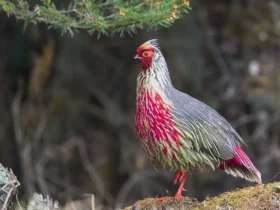The Curl-Crested Aracari (Pteroglossus beauharnaesii) is a captivating and charismatic bird species that belongs to the toucan family. With its vibrant plumage, unique curled crest, and lively nature, the Curl-Crested Aracari stands out as a true avian jewel. In this article, we will delve into the enchanting world of the Curl-Crested Aracari, exploring its appearance, habitat, behavior, and the significance it holds as a cherished species in the avian realm.
Curl-Crested Aracari images

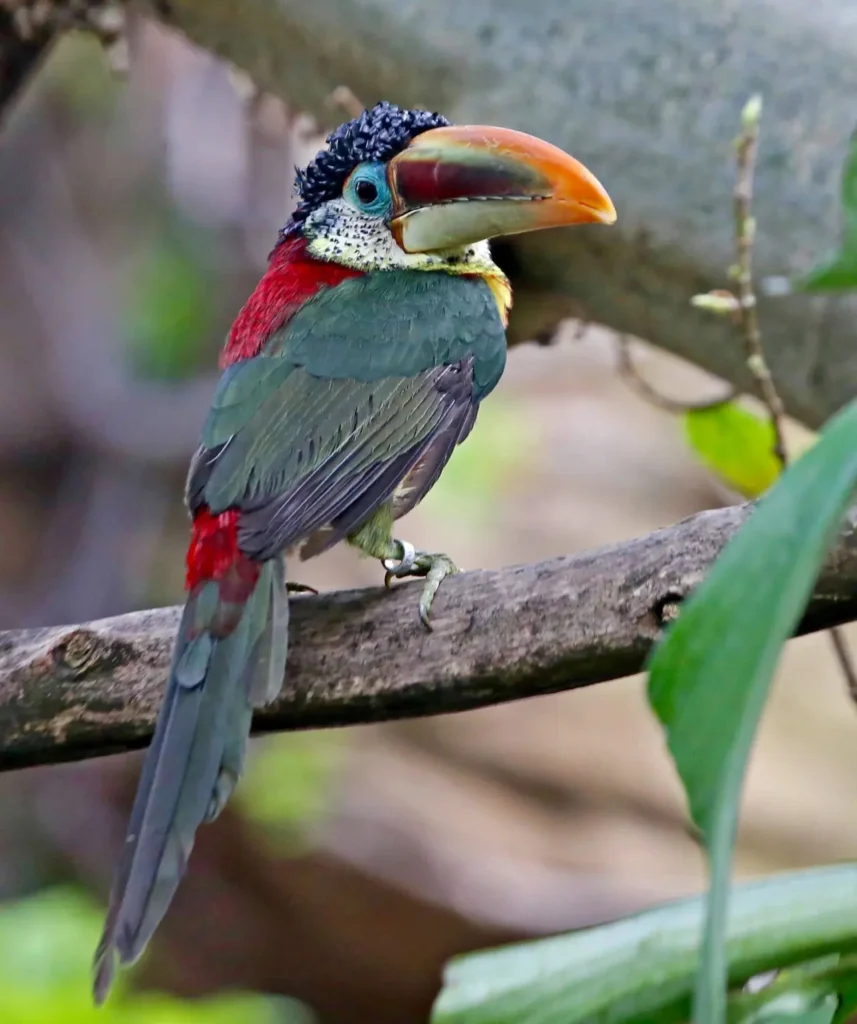
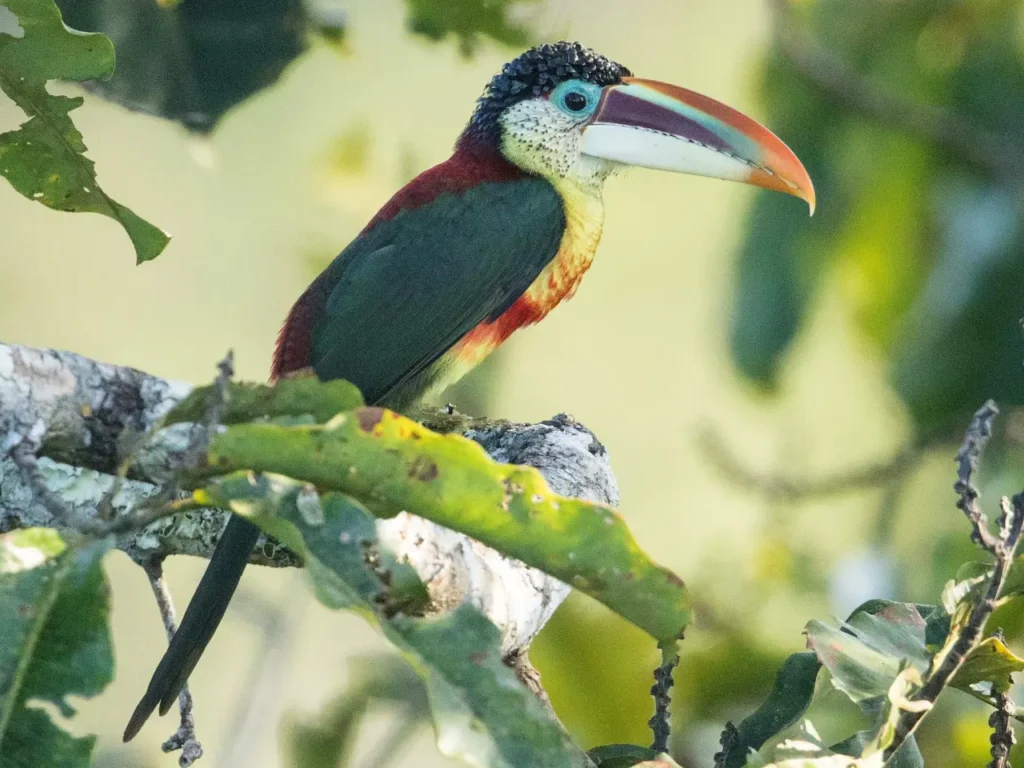
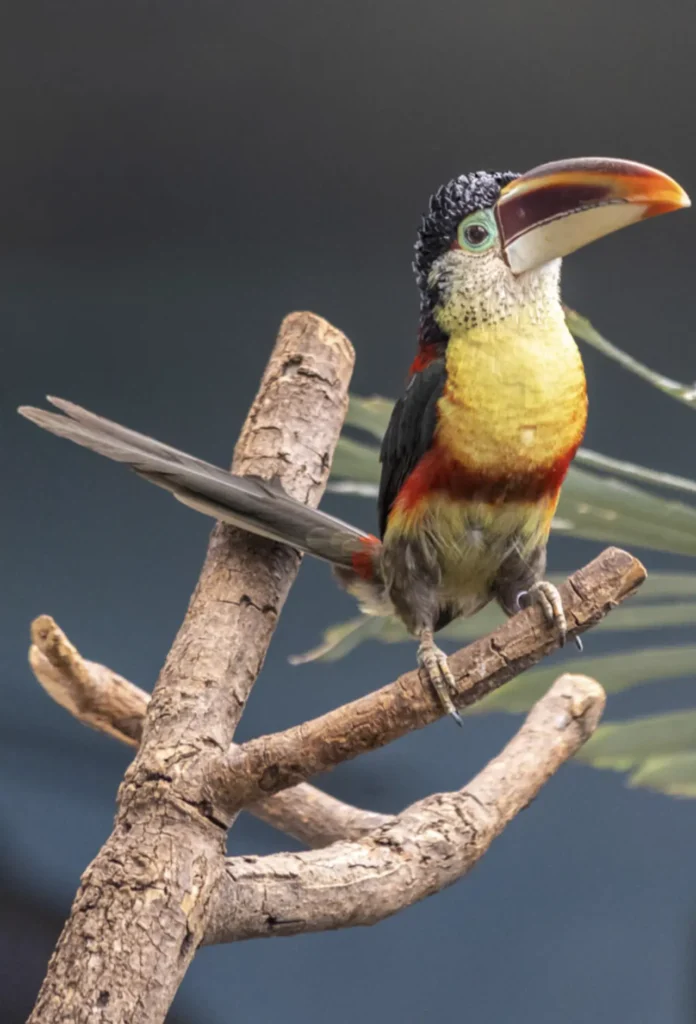

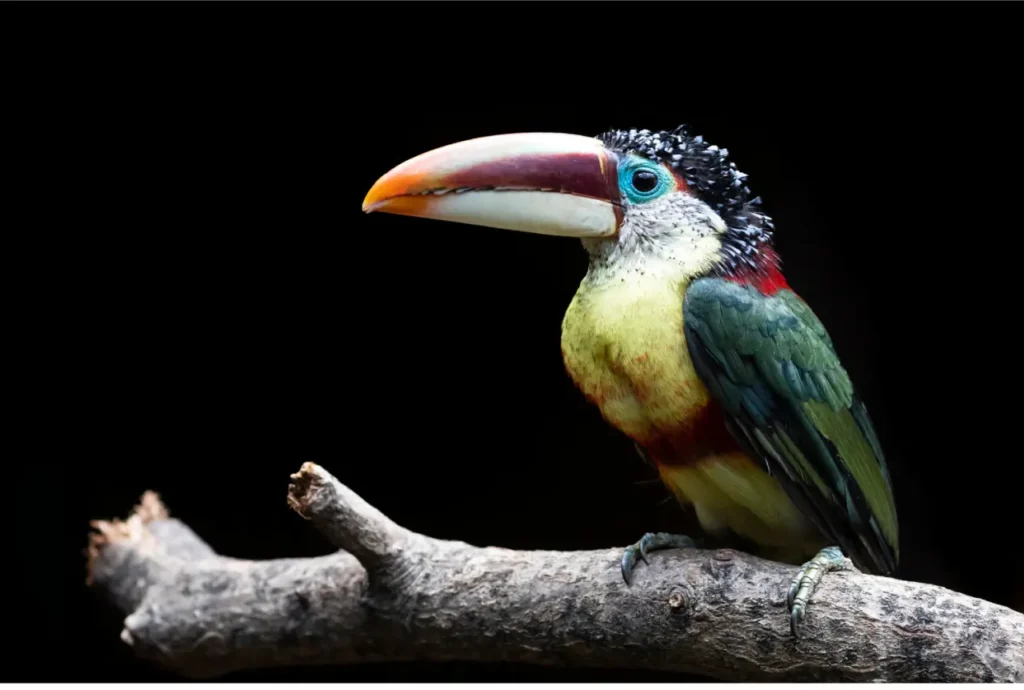
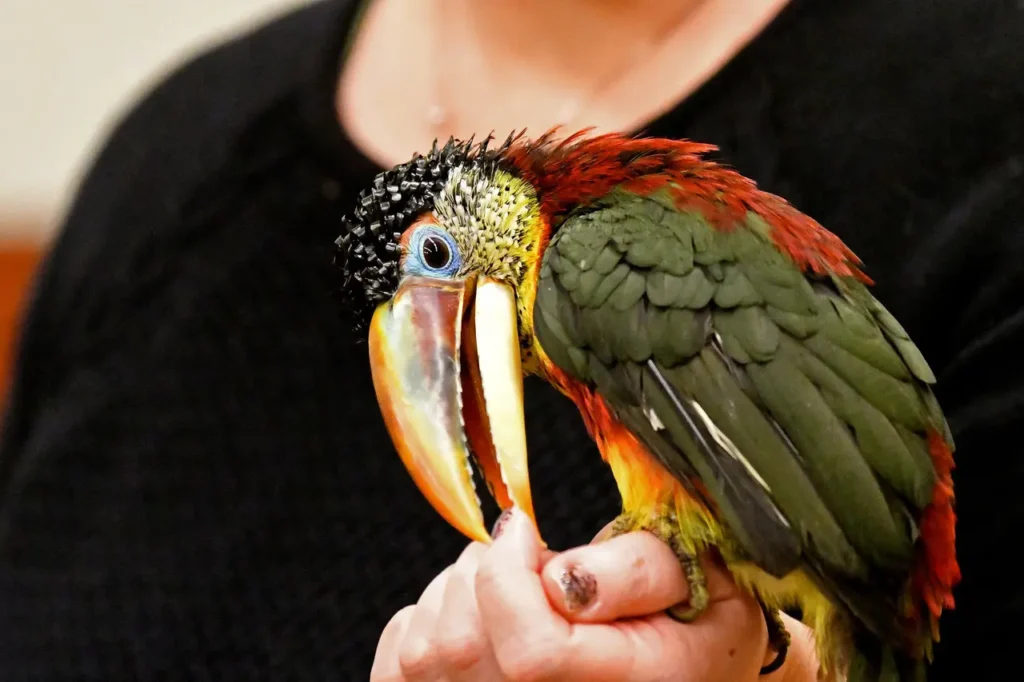

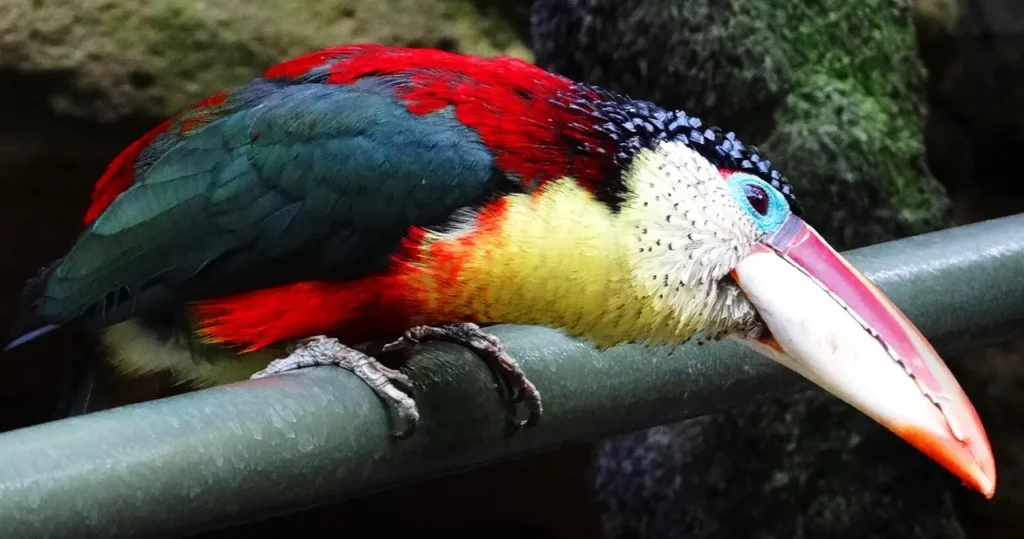
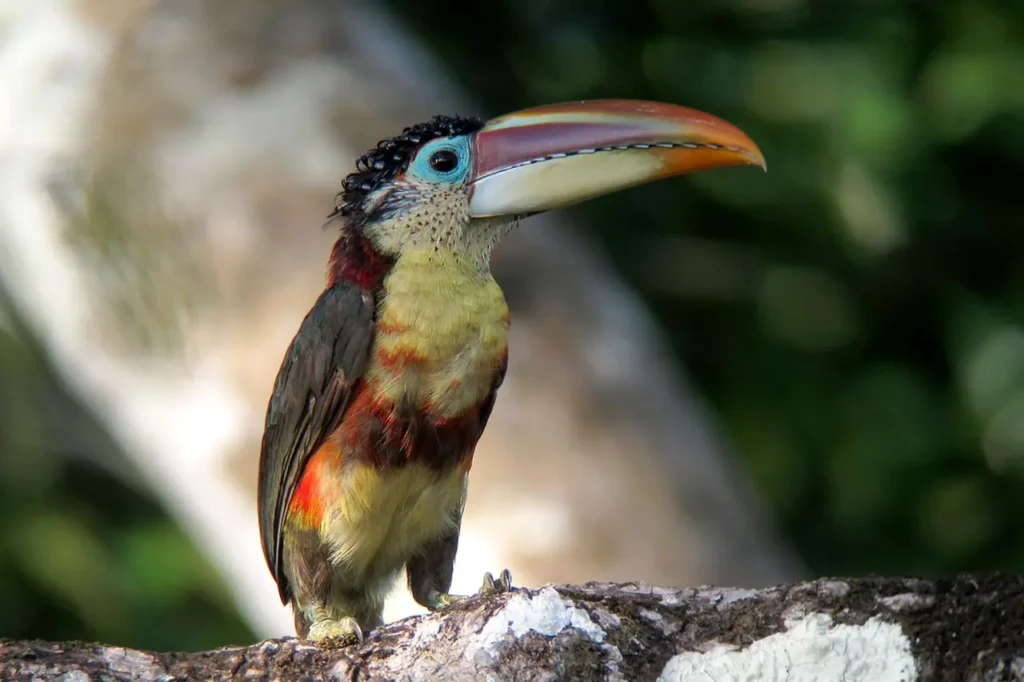
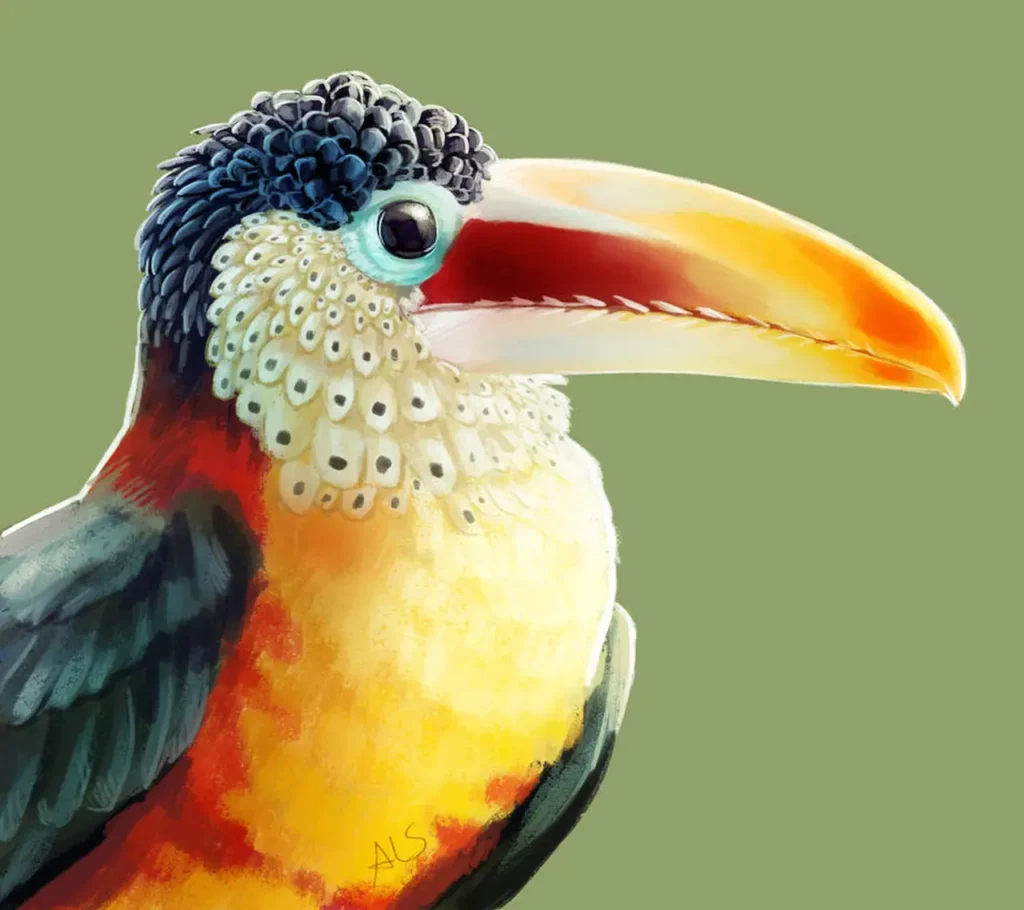

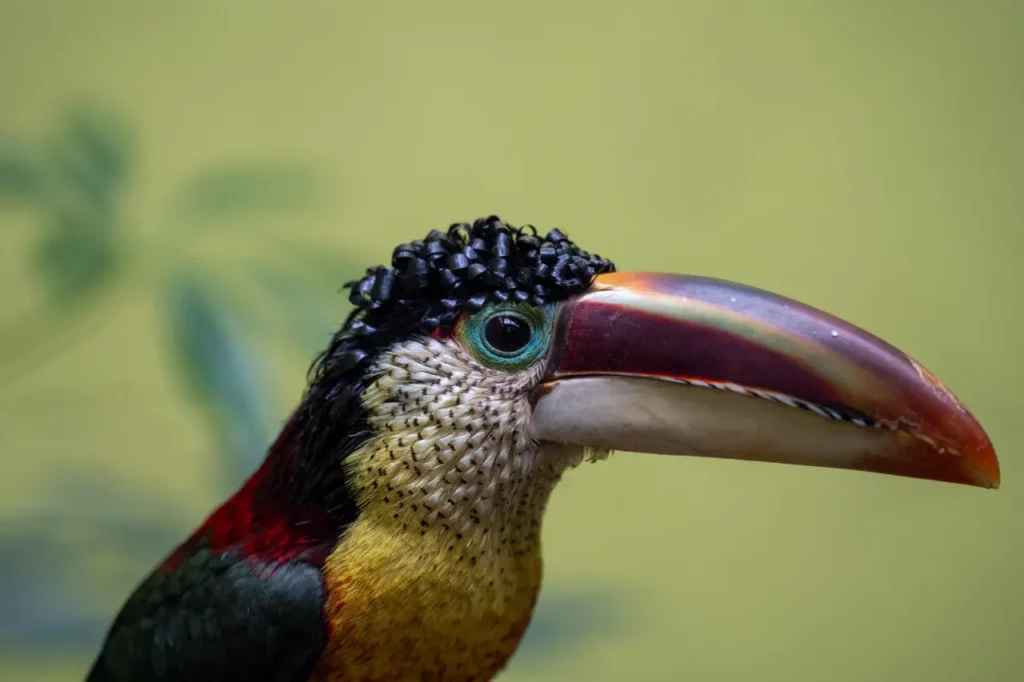


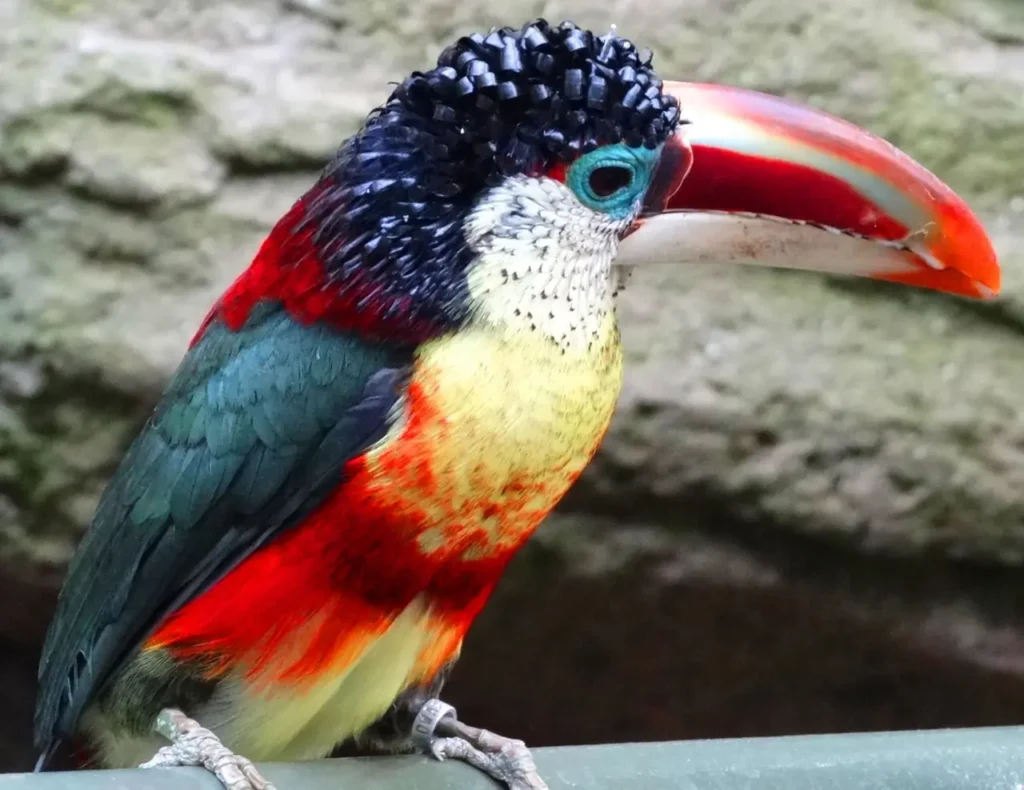

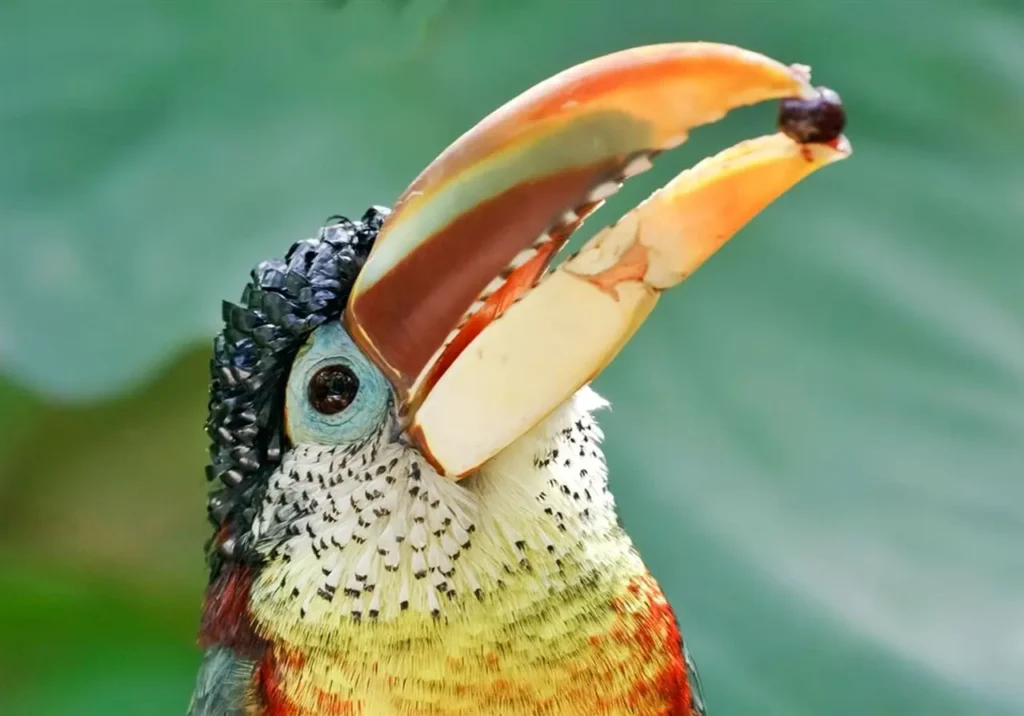
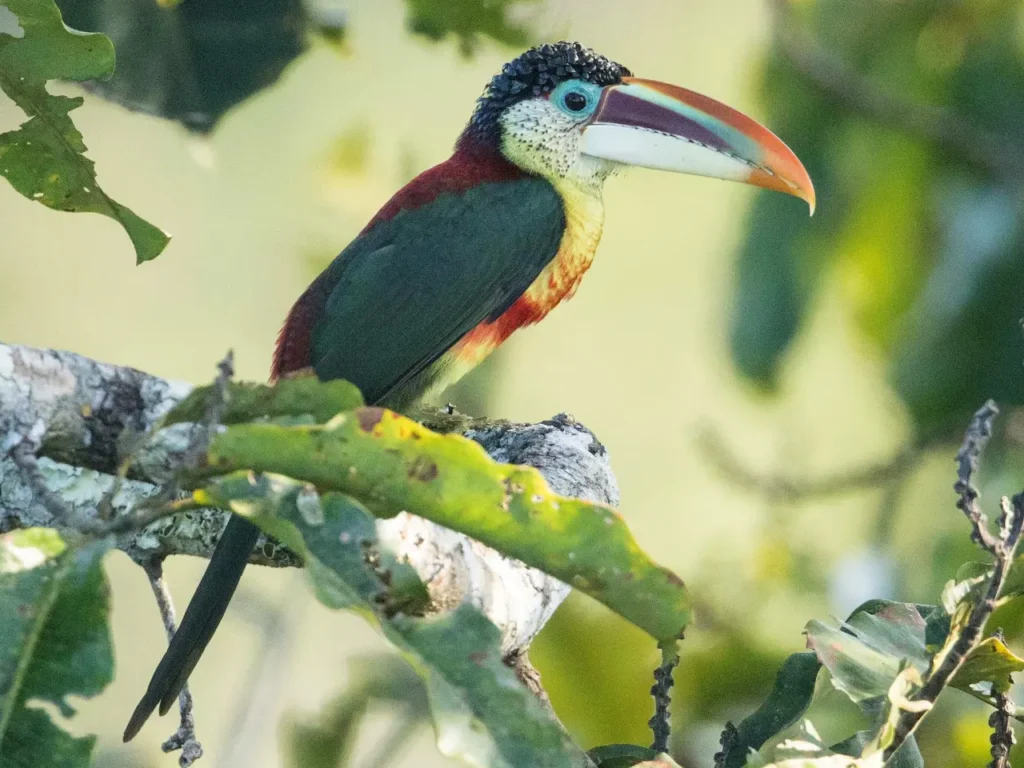
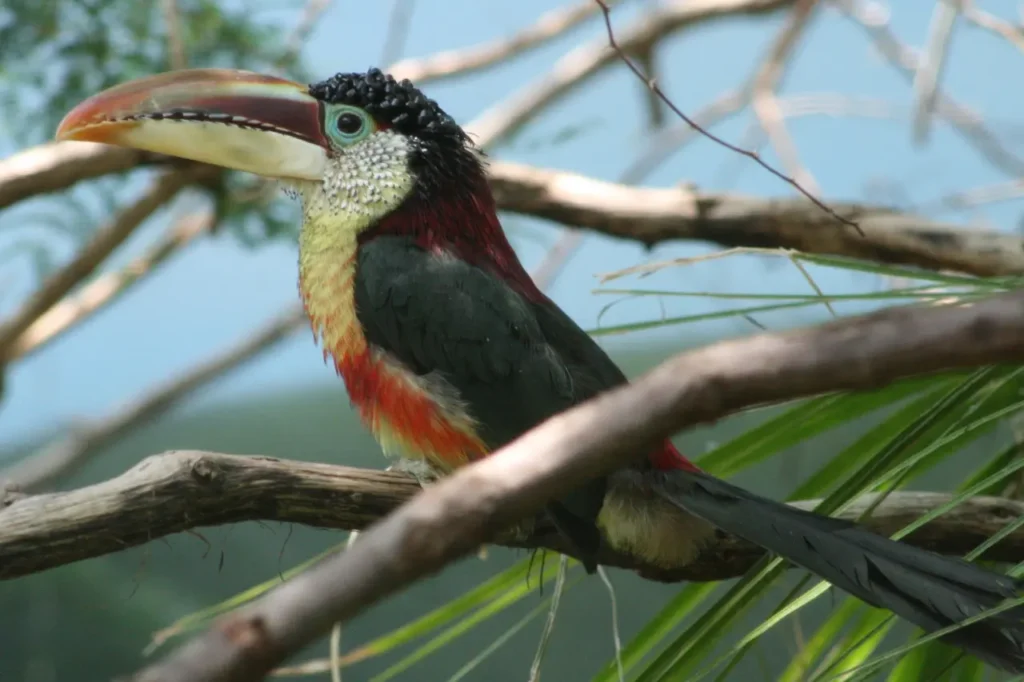
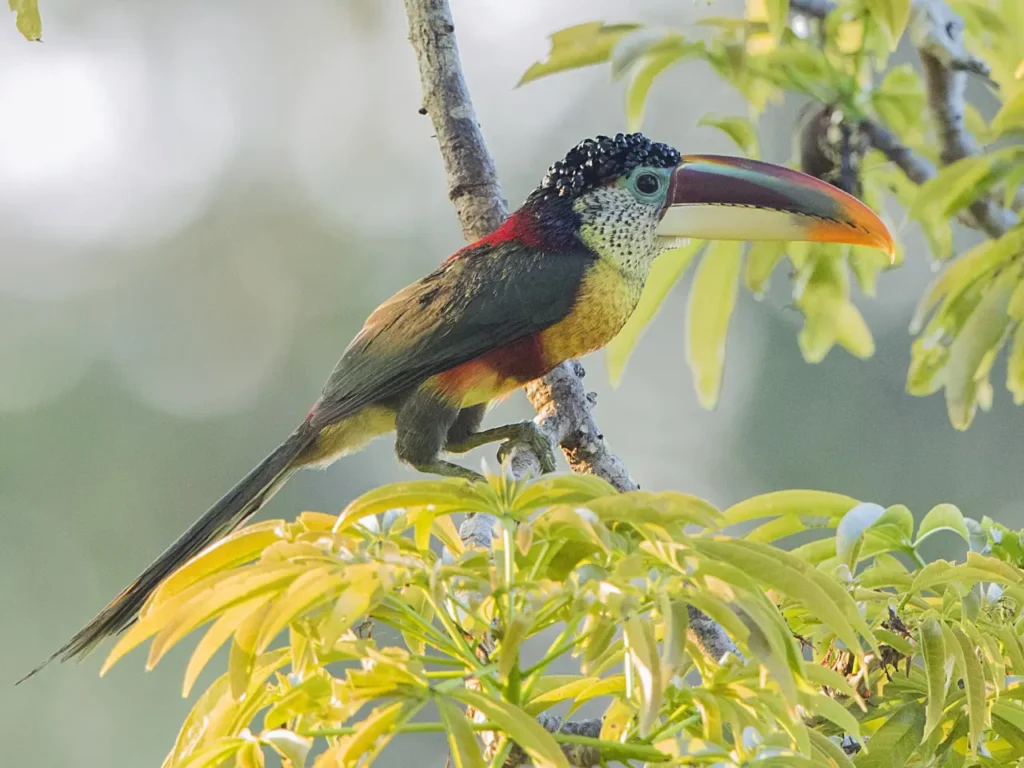

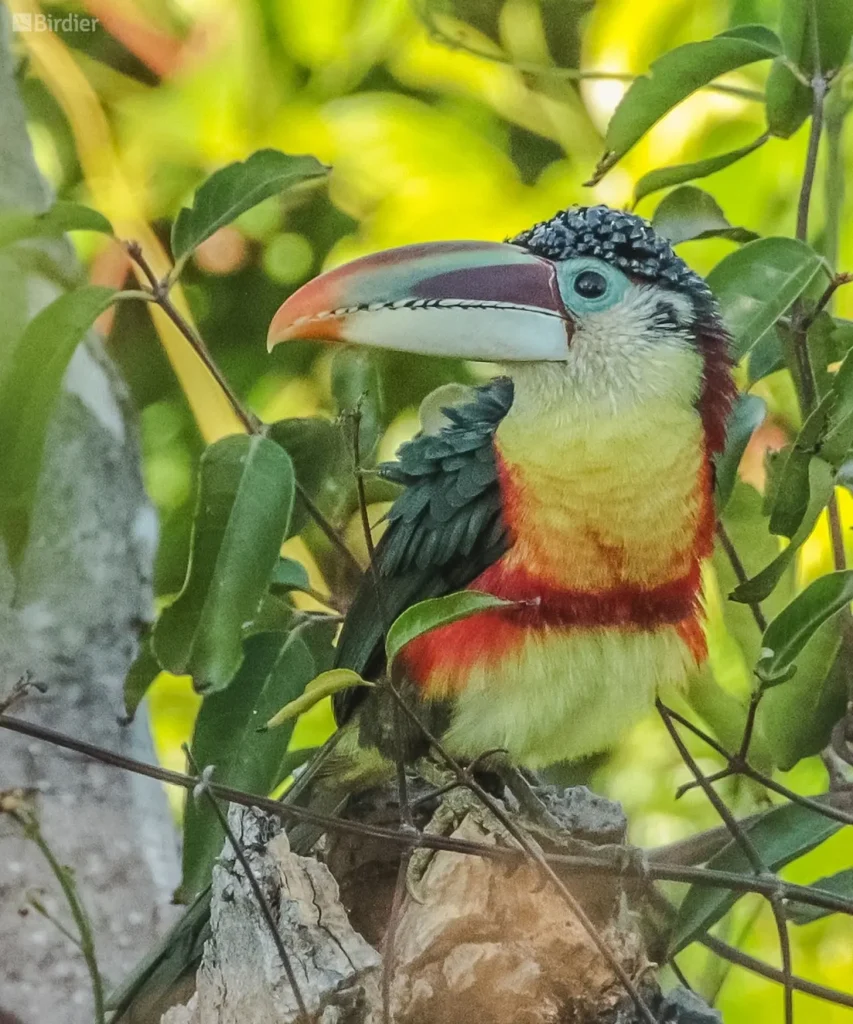

Appearance and Distinctive Feature
The Curl-Crested Aracari is a medium-sized bird, measuring approximately 40 centimeters (16 inches) in length. Its striking appearance is characterized by a rainbow of colors, including glossy black plumage on the back, bright yellow feathers on the underparts, and a vibrant red-orange belly. Its most distinctive feature is the curled crest on its forehead, which adds to its allure and sets it apart from other toucan species.
Habitat and Distribution
Curl-Crested Aracaris are native to the rainforests of South America, primarily found in the Amazon Basin and the Guianas. They inhabit the dense tropical forests, where they can be spotted in the canopy, feeding on fruits and insects. These birds are well-adapted to forested habitats, utilizing their strong bills and agile climbing skills to navigate through the tree branches.
Behavior and Diet
Curl-Crested Aracaris are highly active and social birds, often seen in small groups or pairs. They are diurnal and spend their days foraging for food and engaging in various social interactions. These birds have a frugivorous diet, relying on a variety of fruits, berries, and seeds. They also supplement their diet with insects, lizards, and occasionally small birds or eggs.
Communication and Vocalizations
Aracaris are known for their vocalizations, which include a range of calls, squawks, and trills. These sounds serve as a means of communication within their group, helping to establish territories and maintain social bonds. Their calls are often loud and distinctive, adding to the lively ambiance of the rainforest.
Breeding and Nesting
Curl-Crested Aracaris are monogamous birds that form long-term pair bonds. During the breeding season, the female will lay a clutch of 2-4 eggs in a tree cavity, typically an old woodpecker hole. Both parents take turns incubating the eggs and caring for the hatchlings. After the eggs hatch, the parents feed the chicks with regurgitated fruits and insects until they are ready to fledge.
Conservation Status and Threats
The Curl-Crested Aracari is currently listed as a species of “Least Concern” on the IUCN Red List, indicating a stable population and relatively low conservation concerns. However, habitat loss due to deforestation and illegal pet trade pose potential threats to their future survival. Conservation efforts focus on protecting their natural habitats and raising awareness about the importance of preserving the delicate ecosystems they depend upon.
The Curl-Crested Aracari, with its vibrant colors, distinctive curled crest, and lively demeanor, represents a true marvel of the avian world. Its presence in the lush rainforests of South America adds to the rich biodiversity and natural wonders of the region. As we appreciate and learn more about this remarkable species, it becomes clear that the Curl-Crested Aracari deserves our admiration and efforts to protect its habitat and ensure its survival for generations to come.
